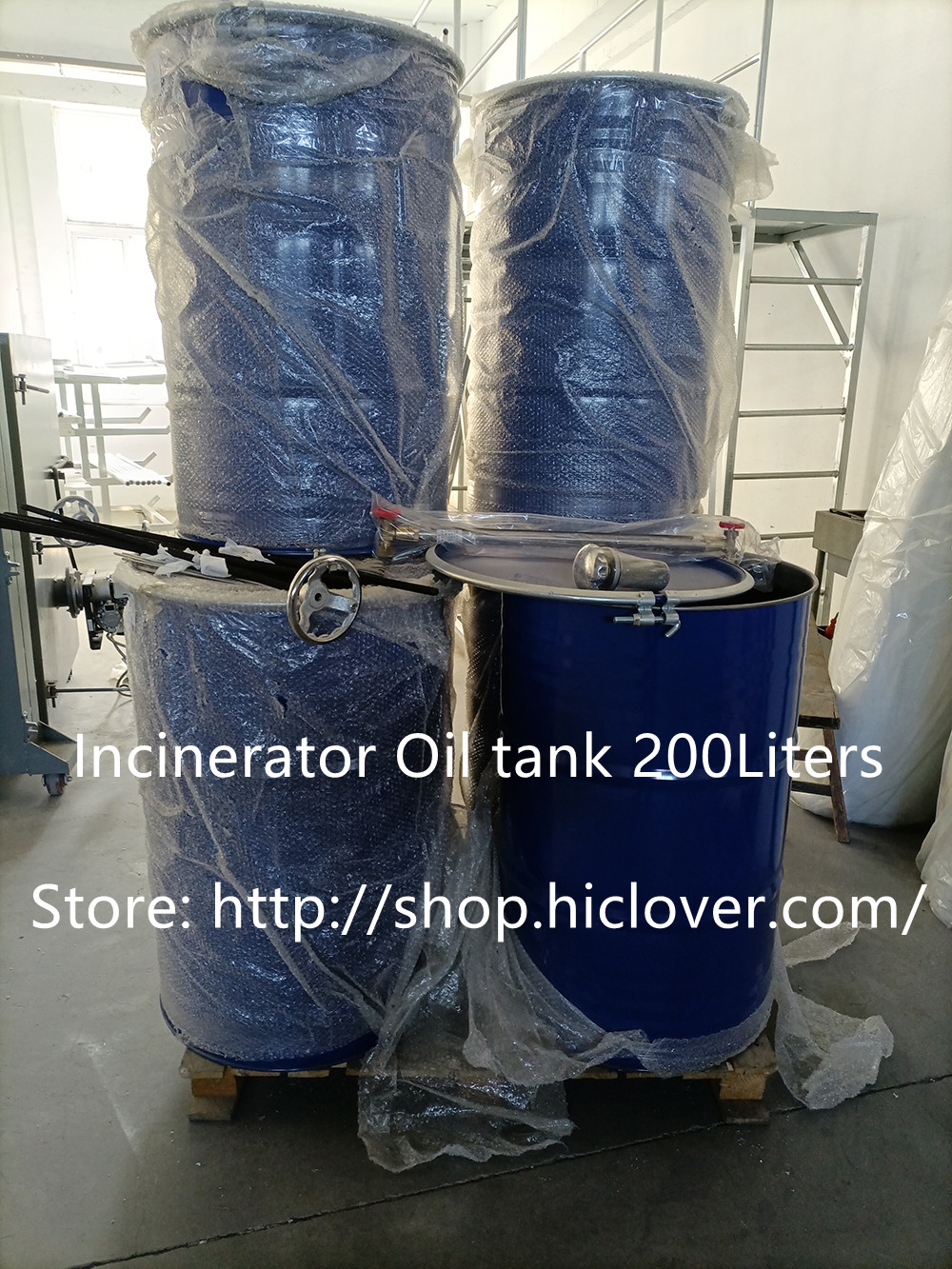Waste to Energy (WtE) plants have gained popularity in recent years as a sustainable solution for waste management and renewable energy production. These facilities use various technologies to convert municipal solid waste into electricity, heat, or fuel, reducing the amount of waste sent to landfills and generating clean, renewable energy in the process. Exploring the positive impact of WtE plants on waste management and renewable energy reveals their potential to address environmental and energy challenges.
One of the key benefits of WtE plants is their ability to reduce the volume of waste going to landfills. Municipal solid waste, which includes household and commercial waste, often ends up in landfills where it decomposes and releases harmful greenhouse gases, contributing to climate change. By diverting this waste to WtE plants, the amount of waste sent to landfills is significantly reduced, leading to a decrease in greenhouse gas emissions and the conservation of valuable landfill space.
Furthermore, WtE plants help to generate clean, renewable energy from a readily available and abundant resource – waste. By converting waste into electricity or heat, these facilities contribute to the reduction of reliance on fossil fuels and the mitigation of carbon emissions. This renewable energy can be used to power homes, businesses, and industries, thereby contributing to energy security and sustainability.
In addition to waste management and renewable energy production, WtE plants also contribute to the circular economy by recovering valuable resources from waste streams. Many WtE technologies are designed to recover metals, glass, and other recyclable materials from the waste, diverting them from the landfill and returning them to the production cycle. This not only reduces the need for virgin materials but also supports the efficient use of resources, further minimizing the environmental impact of waste disposal.
The positive impact of WtE plants on waste management and renewable energy is also evident in their potential to create employment opportunities and economic growth. The construction and operation of these facilities require skilled labor and can stimulate local economies by creating jobs and generating revenue. Moreover, the production of renewable energy from waste can reduce reliance on imported fuels, leading to cost savings and improved energy security.
Despite these benefits, it is important to note that WtE plants must be carefully managed to minimize potential environmental risks and health concerns. Adequate pollution control measures and monitoring systems are essential to ensure that emissions from these facilities meet stringent environmental standards and do not pose a threat to public health.
In conclusion, WtE plants offer a range of positive impacts on waste management and renewable energy production. By diverting waste from landfills, generating clean energy, and supporting the circular economy, these facilities play a crucial role in addressing environmental and energy challenges. As the world seeks sustainable solutions for waste management and energy production, WtE plants are poised to play an increasingly important role in the transition to a more sustainable and resource-efficient future.



